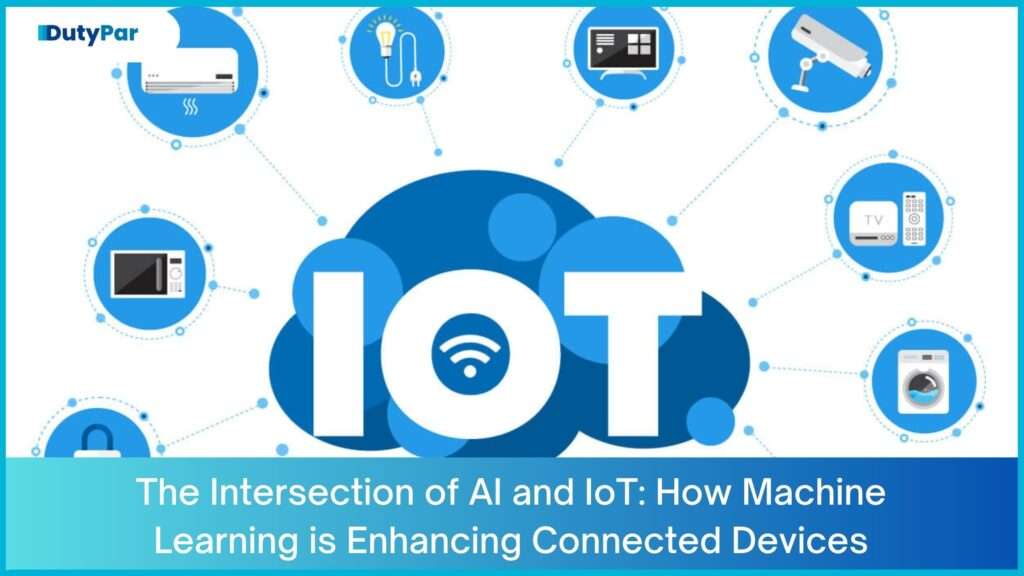
The Internet of Things (IoT) and Artificial Intelligence (AI) are two of the most exciting technological advancements of the 21st century. While both of these innovations have revolutionized the way we interact with technology, the intersection of AI and IoT has created a new era of possibilities. In this article, we will explore the various ways in which Machine Learning is enhancing connected devices and the challenges that come with it.
Understanding IoT and Machine Learning
The Internet of Things (IoT) is a network of physical things or gadgets that are integrated with sensors, software, and other technologies that allow them to gather and share data.
These devices include everything from smartphones, wearable devices, and home appliances to industrial machinery, vehicles, and medical equipment.
With IoT, these devices can communicate with each other and transmit data over the internet, enabling them to be controlled and monitored remotely.
Machine Learning (ML), on the other hand, is a subset of Artificial Intelligence that enables computers to learn from data and improve their performance without being explicitly programmed.
ML algorithms use statistical analysis and predictive modeling to identify patterns and make decisions based on that data.
Benefits of Machine Learning in IoT Solutions
The integration of Machine Learning in IoT has brought numerous benefits.
For instance, it has enabled real-time analysis of data and predictive maintenance.
With Machine Learning, connected devices can detect patterns in data and predict when they are likely to fail. This allows for proactive maintenance, preventing unplanned downtime and reducing repair costs.
In addition, ML algorithms have enabled the development of predictive models that can optimize energy usage in buildings and factories, reducing energy costs and minimizing carbon emissions.
Furthermore, Machine Learning has enabled the creation of personalized experiences for consumers.
For example, connected home devices can learn the user’s behavior and preferences to adjust settings automatically, enhancing the user experience.
Use Cases of Artificial Intelligence (AI)and Internet of Things (IoT)
The integration of AI and IoT has created numerous use cases in various industries.
In healthcare, connected medical devices can monitor patients remotely, enabling doctors to provide virtual consultations and real-time diagnoses.
In agriculture, IoT sensors can monitor soil moisture levels and temperature, enabling farmers to optimize crop yields and reduce water consumption.
In retail, Machine Learning algorithms can analyze customer data to predict purchasing patterns and optimize inventory management.
In manufacturing, connected devices can monitor the performance of machinery and identify inefficiencies, reducing downtime and increasing productivity.
Challenges and Limitations
Despite the numerous benefits of the integration of AI and IoT, there are also some challenges and limitations.
One of the main challenges is data security. Connected devices collect and transmit vast amounts of data, and if not secured properly, this data can be vulnerable to cyber attacks.
Furthermore, Machine Learning algorithms require large amounts of data to be trained, which can be a challenge for devices with limited processing power or bandwidth.
In addition, the development of ML algorithms can be complex and time-consuming, requiring specialized skills and expertise.
Conclusion
The intersection of AI and IoT has created new possibilities for connected devices. With Machine Learning, these devices can collect and analyze data in real-time, enabling predictive maintenance and personalized experiences.
However, the integration of AI and IoT also presents challenges and limitations, particularly in data security and the development of ML algorithms.
Despite these challenges, the potential benefits of AI and IoT are vast, and the development of IoT solutions that incorporate Machine Learning is expected to accelerate in the coming years. As such, it is important for businesses and organizations to stay up-to-date with the latest developments in this field and invest in the necessary resources to leverage the potential of AI and IoT.

